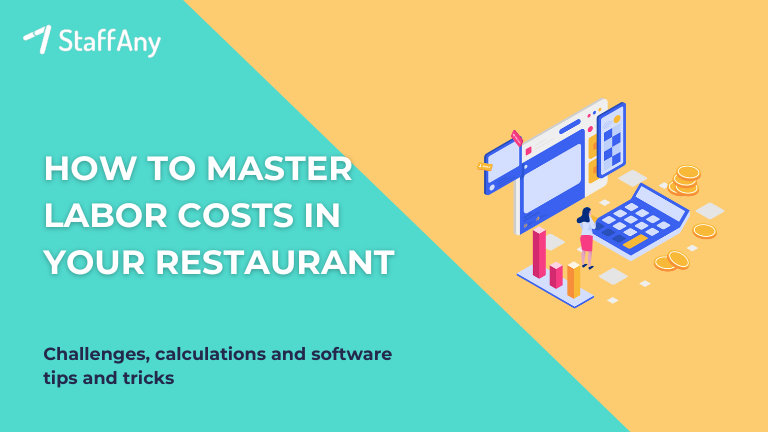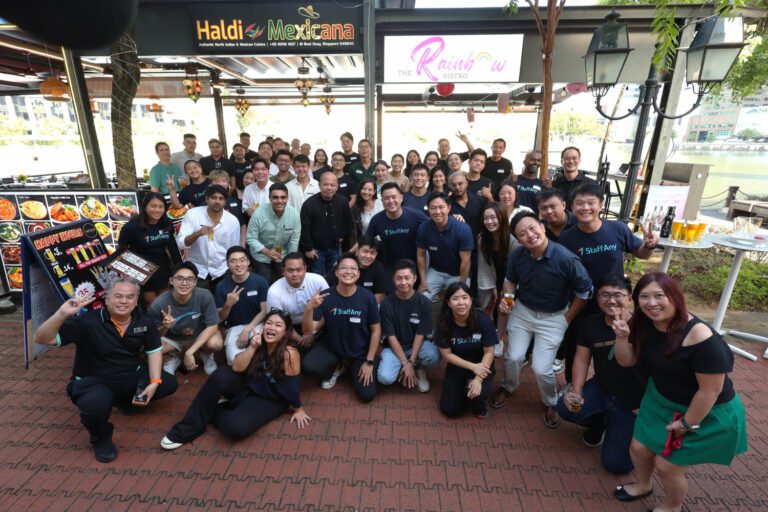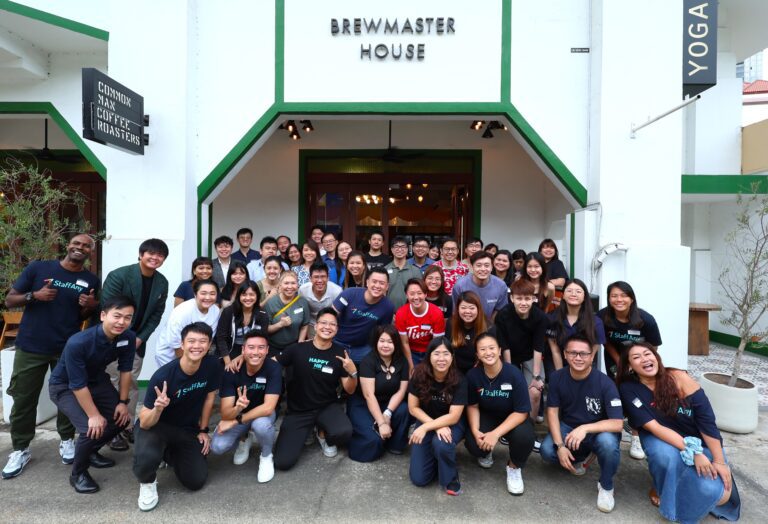
Labor costs include everything you pay your employees, like wages, overtime, and benefits. For many restaurants, these costs make up a large portion of the budget—often about 30% of total revenue. This percentage can vary depending on your restaurant’s location, type, and how efficiently you run your business.
Effectively managing labor costs is key to keeping your restaurant profitable, and finding the right balance is important. If your labor costs are too high, they can cut into your profits. If they’re too low, you might not have enough staff to provide good service, which could lead to unhappy customers and lost sales.
Managing labor costs isn’t just about tracking wages; it involves planning, tracking time accurately, and scheduling staff well to make sure every dollar spent is used wisely.
But how can you keep this vital component perfectly balanced? Let’s explore labor costs, why they matter, and how software tools like StaffAny can be your secret ingredient for managing them effectively.
The Challenges of Managing Labor Costs
Managing labor costs comes with its own set of challenges:
- Overstaffing and Understaffing: Getting the right number of staff on shift is a balancing act. If you have too many staff members, you’re paying for more labor than needed, which leads to extra costs. If you have too few, it can hurt service quality, leading to unhappy customers and potential lost revenue.
- Inaccurate Time Tracking: Manual time tracking can be prone to errors. If employees record their hours incorrectly or if there are mistakes in the records, it can lead to payroll issues. This affects your financial accuracy and can also upset employees if they feel they aren’t being paid correctly.
- Complex Payroll Calculations: Calculating payroll can be tricky, especially when you consider different pay rates, overtime, and benefits. This complexity can lead to mistakes and inefficiencies, making it harder to stick to your budget.
- Lack of Insight into Labor Costs: Without the right tools, it’s hard to analyze and understand your labor costs. This lack of insight makes it difficult to make smart decisions and control costs effectively.
How to Calculate Your Restaurant Labor Cost Percentage?
To find out what percentage of your earnings goes to paying employees, follow these easy steps:
First, calculate your total labor costs and your total revenue. Total labor costs include everything you pay your employees, like wages, overtime, and benefits. Total revenue is the total amount of money your restaurant earns from selling food and drinks.
Next, add up all the money you spend on your employees over a set period, like a month. This total includes regular pay, any extra pay for working more hours, and benefits like health insurance.
Then, add up all the money your restaurant made from sales during the same period.
To find out what percentage of your revenue goes to labor, use this simple formula: divide your total labor costs by your total revenue and then multiply by 100. For example, if you spent $15,000 on labor and made $50,000 in sales, the calculation would be (15,000 ÷ 50,000) × 100, which equals 30%. This means 30% of your money is spent on paying staff.
Finally, look at the percentage to see if it’s where you want it to be. If the number is too high, you might need to adjust how many people you have working. If it’s too low, make sure you have enough staff to keep your customers happy. Using this information helps you make better decisions about managing your money and staff.
And the good news is, StaffAny can help with this by offering tools to track time and create schedules, making it easier to manage your labor costs and keep your restaurant running smoothly.
How Can StaffAny Help Solve Labor Cost Problems?
Given the listed challenges earlier, it’s clear that managing labor costs effectively requires the right tools and strategies. StaffAny offers features designed to address these issues and make managing labor costs simpler and more efficient.
By leveraging technology to streamline scheduling, time tracking, and payroll, StaffAny can help you keep your labor costs in check and improve your restaurant’s overall performance.
By using StaffAny’s features below, you can immediately tackle those common labor cost challenges:
1. Auto-Scheduling: Optimizing Your Labor Costs
StaffAny’s auto-scheduling feature helps manage labor costs by creating the best staff schedules. It uses past sales data and predicts busy times to make sure you have the right number of staff working when needed. This helps avoid both overstaffing and understaffing, which can affect your average labor cost in the restaurant.
Good scheduling helps keep your average labor cost in check. With StaffAny’s auto-scheduling, you can make sure your staffing matches your restaurant’s actual needs. This means you’re not spending too much on labor or compromising on service quality.
By improving your scheduling, you keep your labor cost percentage in a healthy range and ensure you get the most out of your staffing.
2. Clock-In/Clock-Out: Ensuring Accurate Labor Cost Tracking
Accurate time tracking is important for managing labor costs. StaffAny’s clock-in/clock-out feature lets employees record their working hours with smartphones or a terminal. This eliminates manual errors and ensures that every hour worked is recorded correctly.
With precise time tracking, you avoid mistakes in payroll and make sure employees are paid accurately for their hours. This feature affects your labor cost in the restaurant by providing reliable data to manage your payroll.
Accurate time records also help keep your labor cost percentage on track by making sure labor expenses are correctly shown in your financial reports.
3. Smart Timesheet Consolidation: Simplifying Payroll Management
Managing timesheets manually can be a hassle. StaffAny simplifies this with its smart timesheet consolidation feature, which brings all your time data into one easy-to-use platform. This makes it easier to review hours worked, manage overtime, and handle payroll.
By consolidating timesheets, you make payroll management simpler and reduce the chance of errors. This helps keep your payroll calculations accurate and affects your labor cost percentage. Easy payroll management allows you to better control your labor costs and keep your restaurant’s financial health in good shape.
4. Smart Attendance: Improving Operational Efficiency
StaffAny’s smart attendance feature provides real-time information on who is working. This lets you address staffing issues quickly and keep your restaurant running smoothly. Good attendance management helps avoid unnecessary labor costs and improves how efficiently your restaurant operates.
By keeping track of attendance in real-time, you can solve staffing issues promptly and make adjustments as needed. This feature helps manage labor costs by ensuring you have the right number of staff at any given time, leading to better financial control and overall efficiency.
Conclusion: Enhancing Your Restaurant’s Financial Health
Managing labor costs well is important for running a successful restaurant. StaffAny’s features—auto-scheduling, clock-in/clock-out, smart timesheet consolidation, and smart attendance—provide tools to tackle common problems like overstaffing, inaccurate time tracking, and complex payroll calculations.
By using these tools, you get valuable insights into your labor costs, helping you keep a balanced labor cost percentage and improve your restaurant’s profitability.
Managing labor costs effectively allows you to focus on providing great food and service. With StaffAny, you can refine how you handle labor costs and improve your restaurant’s financial health.
If you’re looking to better manage your labor costs and boost your restaurant’s success, StaffAny could be just what you need.
Ready to streamline your labor cost management?











